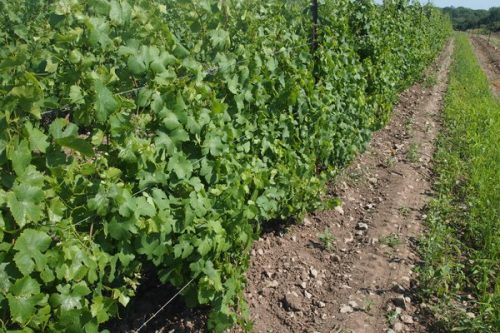
In wine terms, Prince Edward County is just an infant wine region. The County is an island on the north shore of Lake Ontario, in easy striking distance of Toronto and Ottowa, and is even driveable from Montreal. A popular holiday destination, it is establishing itself as a hot spot for some of Canada’s best Chardonnay, Pinot Noir and sparkling wine. Although wine grapes were grown here in the past, the County went dry in 1919, and it was only in the mid-to-late 1990s that winegrowing was revived here.

Geoff Heinricks, who moved from Toronto to the County to grow wine grapes in 1995, is widely regarded as the pioneer of the modern phase of this exciting region. In the combination of temperatures (1250 growing degree days, very similar to Burgundy) and the limestone-based soils, he saw the potential for world class Pinot Noir and Chardonnay. Heinricks wrote a popular book, A Fool and Forty Acres, detailing his adventures in going rural and establishing a vineyard.

It is indeed this combination of a cool climate with some interesting soils that has led those with a passion for Pinot and Chardonnay to chance their arm in the County. The limestone in question is a 450 million year Ordocivian limestone bed, and the best sites have this fairly close to the surface, covered by a thin layer of clay/loam, speckled with limestone fragments. Serious vineyard soils.
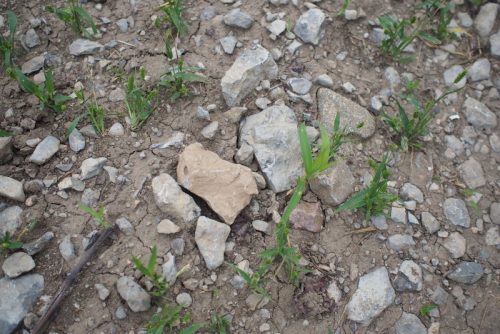
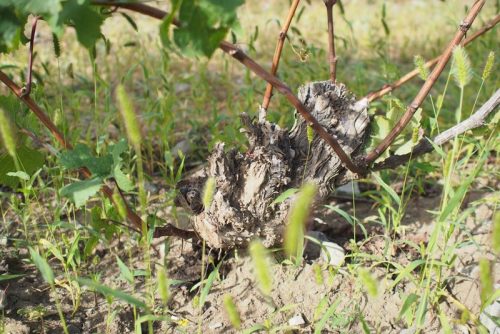
But there’s a downside to viticulture here, and it’s the winter. ‘We have the most difficult growing season of any place,’ says Keith Tyers of Closson Chase. ‘The stresses we put ourselves through are like nowhere else I’ve known in grape growing.’ The County winter regularly reaches lows that would prove fatal to vines if they weren’t protected. So if you want to grow grapes here, you have two choices. The first, and the path chosen by the majority of growers, is to have a very low vine head, and prune to a few canes straight after harvest. These are then tied down to a low wire, and the vine is hilled over: a tractor is used to plough soil in a mound that covers the vine and its canes. This enables the vine to survive the winter. In April, the vine is carefully unearthed, but inevitably there will be a bit of damage to the buds. The second option is to use a newer technology called geotextiles. These are a felt-like material that insulate the vines enough that they aren’t damaged by the winter lows. It’s early days for geotextiles in the County, but they look like they are going to be more widely adopted.
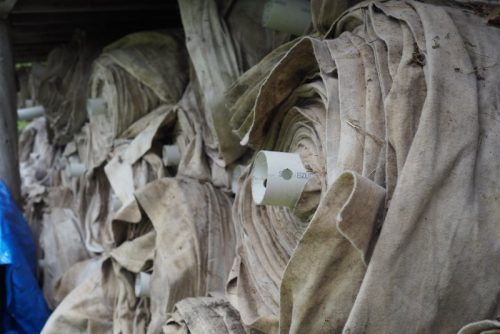
‘At Karlo it’s tough to bury because of the stones’ says Derek Barnett, winemaker at Karlo Estates. ‘Geotextiles are coming.’ He says they are expensive to begin with, though, at CA$2500 an acre, but in the long run they are better for the vines. ‘The vines are much healthier,’ says Mike Traynor, another local winemaker. ‘You aren’t hitting the vines with tractors and rocks.’

Jonas Newman of sparkling specialist Hinterland is a big fan. ‘Geotextiles are phenomenal,’ he says. ‘I can’t say enough good things about them. We get a get a full crop of anything with geotextiles. This is a real amount of fruit.’ He reckons that the raw material is costing him $1500/acre, and acknowledges that the Quebec growers are the real experts with this technology. But in addition to the cost of materials, there’s also the expense of the labour to put geotextiles on and off, there needs to be room to store them, and they don’t last forever (the manufacturers say five years, but with care they’ll do double this).

Once spring starts – and in years like 2019 spring can be very late – things begin to move quickly. May is usually quite cool, but June, July and August are hot, and sometimes humid. This can create its own challenges. The vines catch up pretty quickly, and harvest is usually in October in cool conditions. The later stages of ripening in the county are usually under fairly cool temperatures, and so one of the great benefits of growing here is that the grapes often reach physiological maturity with low sugar levels. Thus 12% alcohol is normal, and some wines can be fully ripe at alcohol levels as low as 10.5%.

I spent a few days in the County earlier this month (my fifth visit) and was really happy to find some lovely wines. Things aren’t standing still here. There are now over 40 wineries, and as there are just under 300 hectares under vines, it’s clear that things are frequently on a small scale. Some of the wineries are hobby-scale ventures, selling to the local tourists, but there are some impressive professional operations, and I was particularly keen on some of the Chardonnays and Pinot Noirs, as well as the sparkling wines.
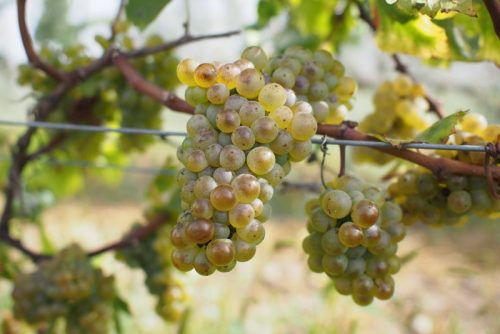
These are my brief producer reviews with my tasting notes.
PRINCE EDWARD COUNTY
- Huff Estates
- Stanners
- Hinterland
- Closson Chase
- Trail Estate
- Rosehall Run
- Lighthall
- Morandin
- Grange of Prince Edward
- Hubbs Creek
- Carlo Estates
- Traynor
Here’s a report from my first visit in 2013
Leave a Comment on Prince Edward County, Ontario’s cool wine region (1) overview